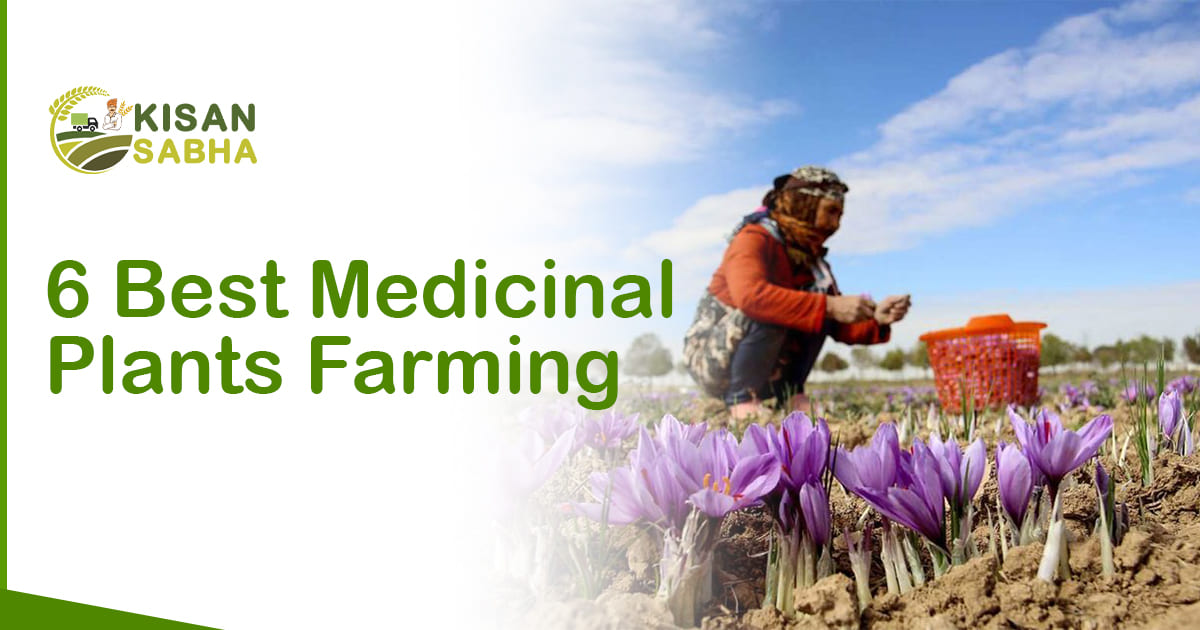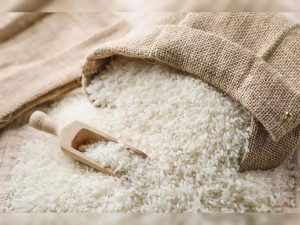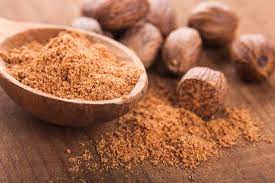Did ancient Unani scrolls, Chinese old literature, and Egyptian papyrus reference medicinal herbs? Indeed, evidence shows people used herbs and medicinal plants 4000 years ago. Subsequently, Unani Hakims, Indian Vaids, and European, and Mediterranean cultures used these herbs to heal people. “Medicinal Plants” refers to a range of plants herbologists use in their study of medicinal plants. The word “Herb” derives from the Latin word “herba” and the French word “herbe”. Furthermore, manufacturers use these medicinal plants and herbs in a wide range of products, including medications, food, health and skincare products, and fragrances.
The Benefits of Medicinal Plants
Natural medications have no adverse effects because these medical plant therapies connect with nature. Bringing therapeutic plants home requires no large investment. These plants cost rather little compared to a box of prescription drugs.
People of all ages can use the medicinal plants’ leaves, bark, seeds, or any other plant component. Herbal remedies and medicinal plants offer long-term solutions. Most modern treatments use many live species, such as scorpions or horseshoe crabs. Using medicinal herbs thus provides an environmentally favorable option. Medicinal herbs and plants used in cooking retain their healing powers. However, traditional Indian cooking commonly uses coriander and ginger, which are quite healthful.
These are convincing reasons for bringing medicinal plants and herbs into the home, thus it is important to comprehend a wide range of medicinal plants and their uses. Consider these therapeutic plants farming, which may be grown on any farm. These plants will keep you safe forever with no maintenance.
Ajwain
The Ajwain plant grows in bunches and resembles money plants in appearance. The leaves of the Ajwain plant feature attractive ridges and must be trimmed regularly. They can withstand direct sunshine and develop rapidly. Ajwain, also known as carom seeds, has anti-bacterial and anti-inflammatory characteristics that help heal gastrointestinal disorders such as peptic ulcers, lower blood pressure, improve digestion, and lower cholesterol levels.
Aloe Vera
Aloe Vera is possibly the world’s oldest known medicinal plant. Many individuals use it at home for decoration and to utilize the gel. Some people drink Aloe Vera juice, while others apply the gel to their skin and hair to maintain a youthful appearance. The cosmetics and pharmaceutical industries also widely use this plant. Aloe Vera extracts excellently heal the skin. People can use Aloe Vera gel to treat skin injuries, burns, skin irritations, wounds, and insect bites. It also helps minimize skin swellings.
Basil
A Basil plant requires only a somewhat warm climate, well-drained soil, and monthly watering, trimming, and fertilizing. In exchange, it boosts immunity, improves digestion, heals inflammatory disorders, fights free radicals, deep cleanses the skin, decreases diabetes, lowers depression, and detoxifies the body. Basil is consumed as a garnish to various foods, in soups, or in salads.
Also Read:- The Real Cause of Organic Food High Cost
Coriander
Watering and fertilizing are required to have a healthy coriander plant. Coriander leaves are high in vitamin C, vitamin K, calcium, protein, potassium, thiamin, phosphorus, niacin, and carotene. Coriander leaf increases insulin secretion and reduces blood sugar levels. It also lowers cholesterol, treats Alzheimer’s disease, supports healthy liver function and bowel movement, decreases inflammatory disorders such as arthritis, cures mouth ulcers, protects eye diseases with antioxidants, and cures anemia.
Curry Leaves
Another Indian spice is curry leaf. Curry leaves have been used for centuries to season numerous side dishes and major courses. It aids in weight reduction, reduces diarrhea and constipation, is beneficial to diabetics, heals wounds and cuts, improves vision, soothes nausea, and even enhances memory.
Tulsi
Every Indian family has a Tulsi plant, and families have practiced this tradition diligently for many centuries. The forefathers made it essential (back then) to plant a Tulsi plant at home because they knew its therapeutic benefits. People have long known Tulsi for its effectiveness in lowering high blood pressure and high cholesterol, as well as treating asthma, headaches, colds, coughs, indigestion, sinusitis, stomach disorders, cramps, ulcers, and other conditions. Many also claim it treats diabetes and arthritis.
Conclusion
Actually, there is more emphasis on using medicinal plants now than ever before because of factors including the rapid rate of population growth, expensive treatments and medications, a lack of drug supply, and the adverse effects of synthetic pharmaceuticals. It’s encouraging to see that people are returning to their origins.





